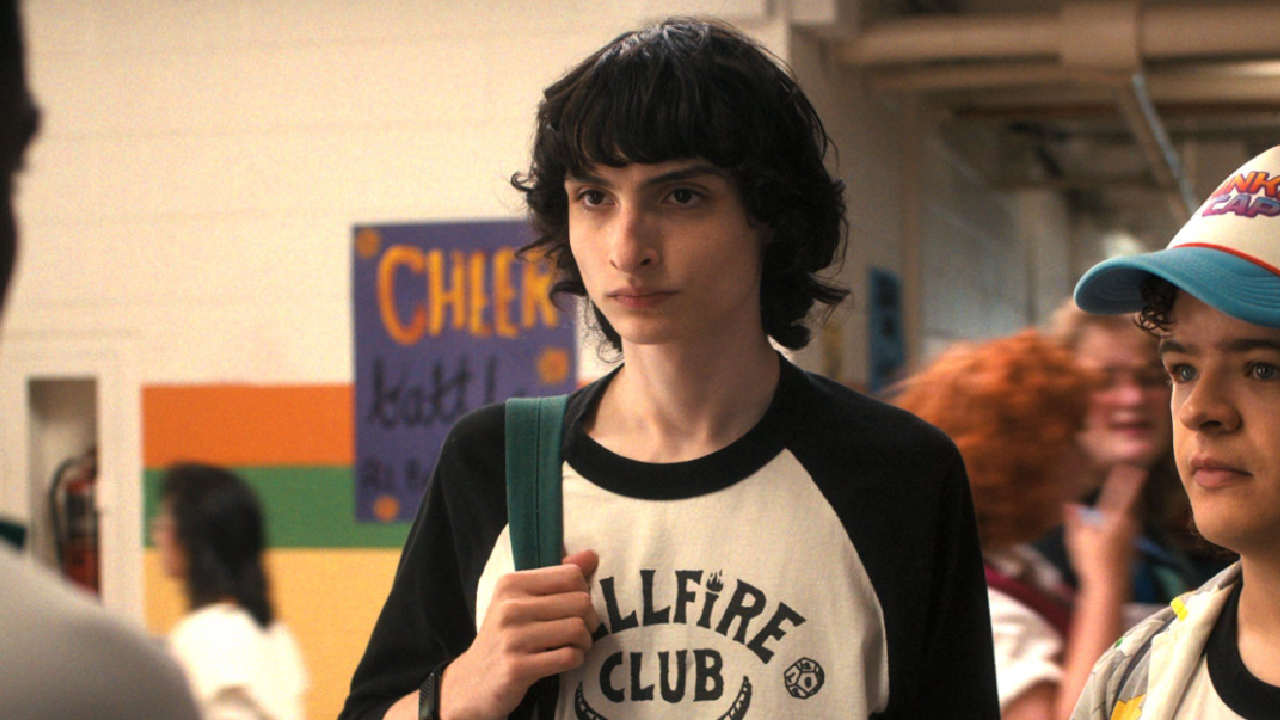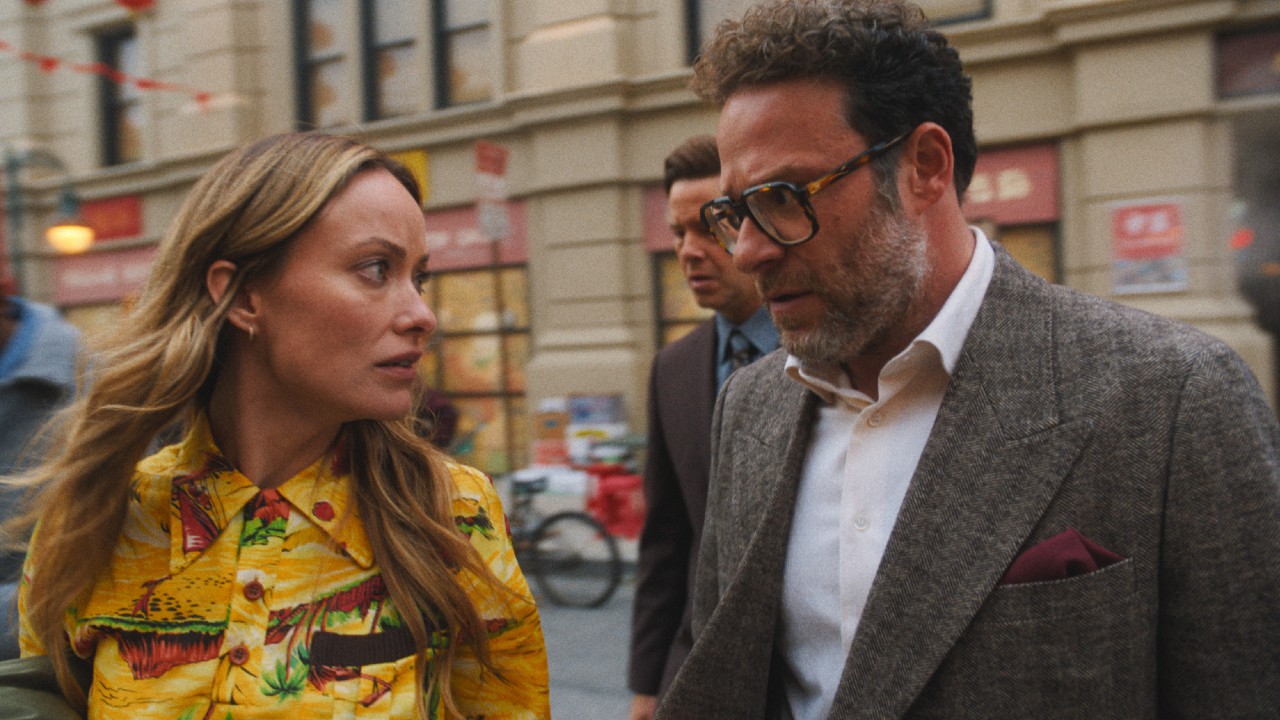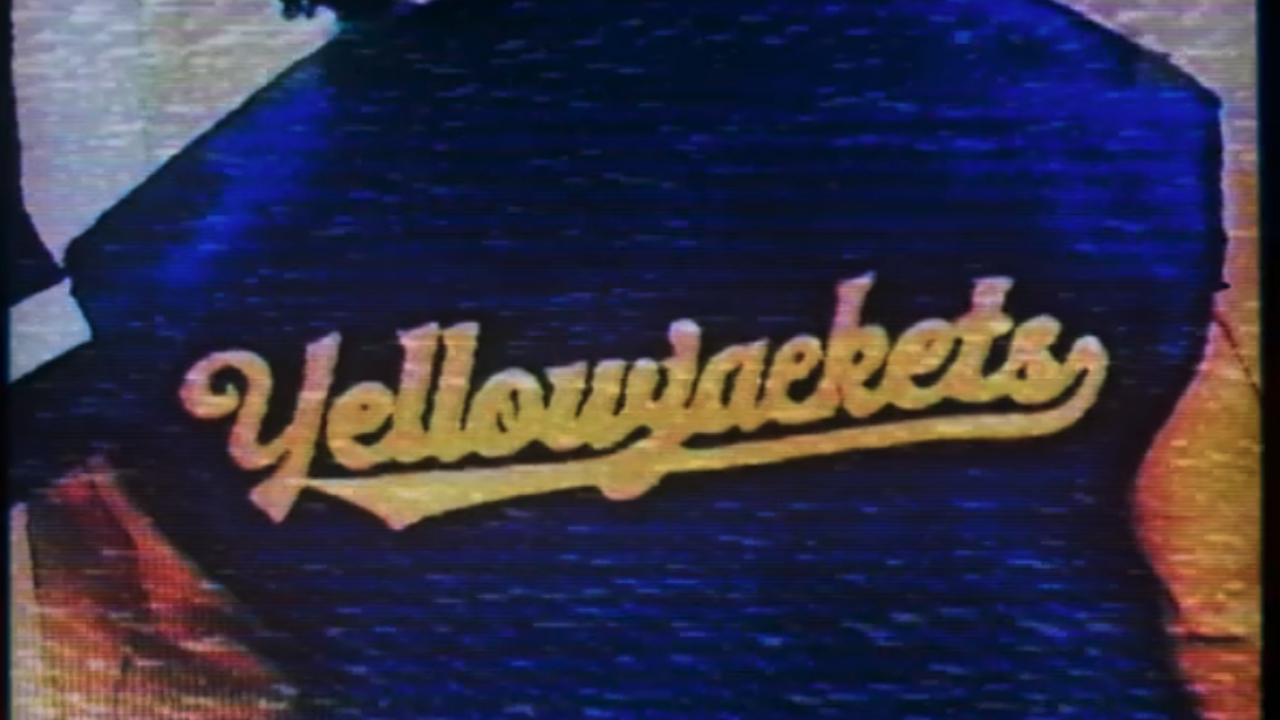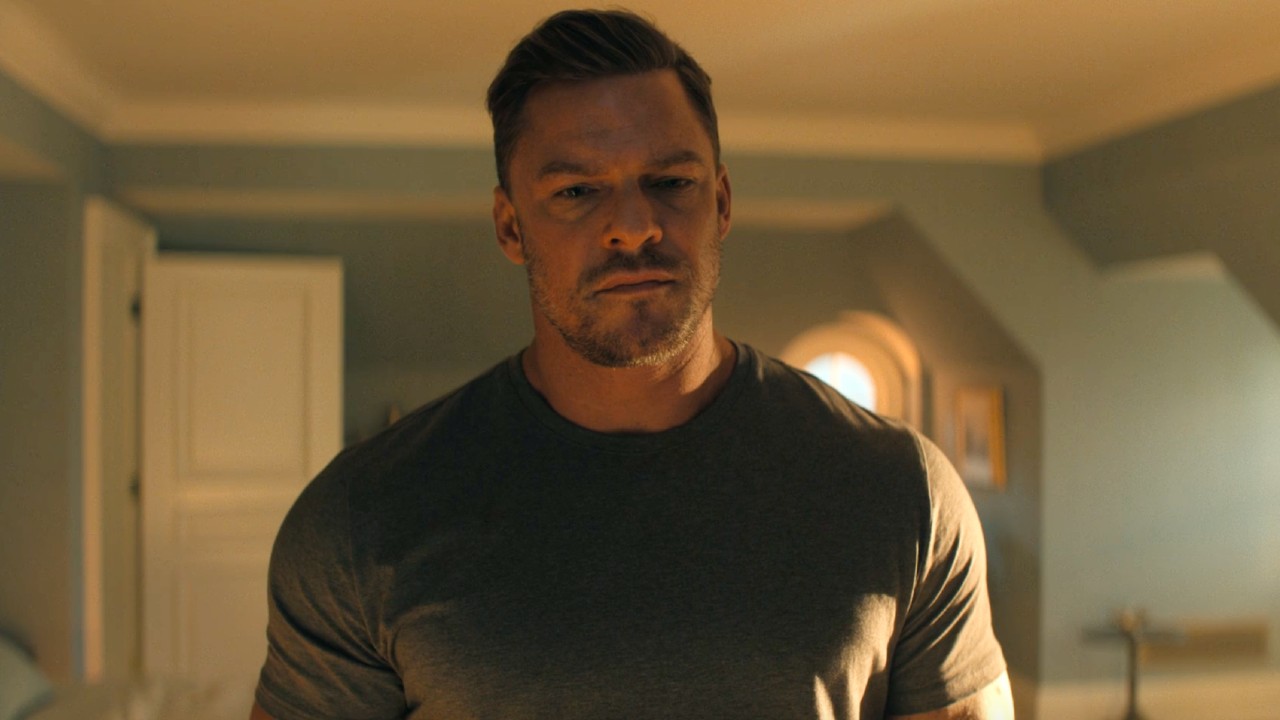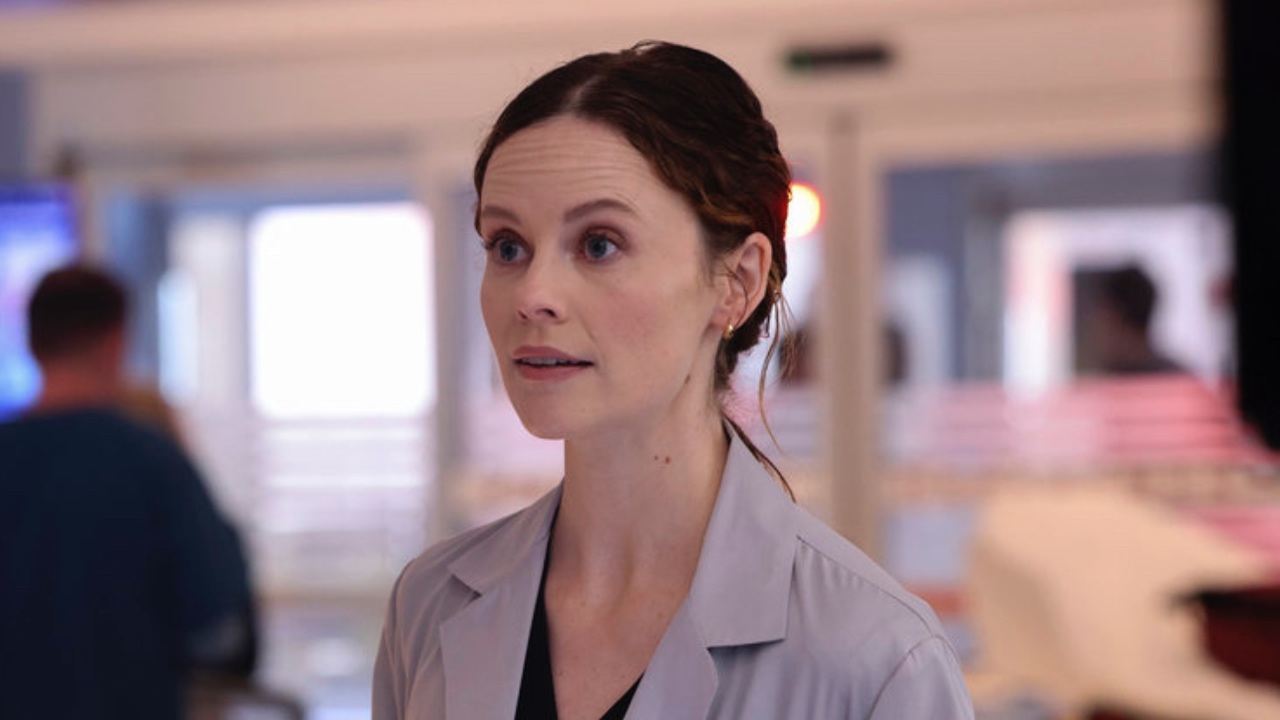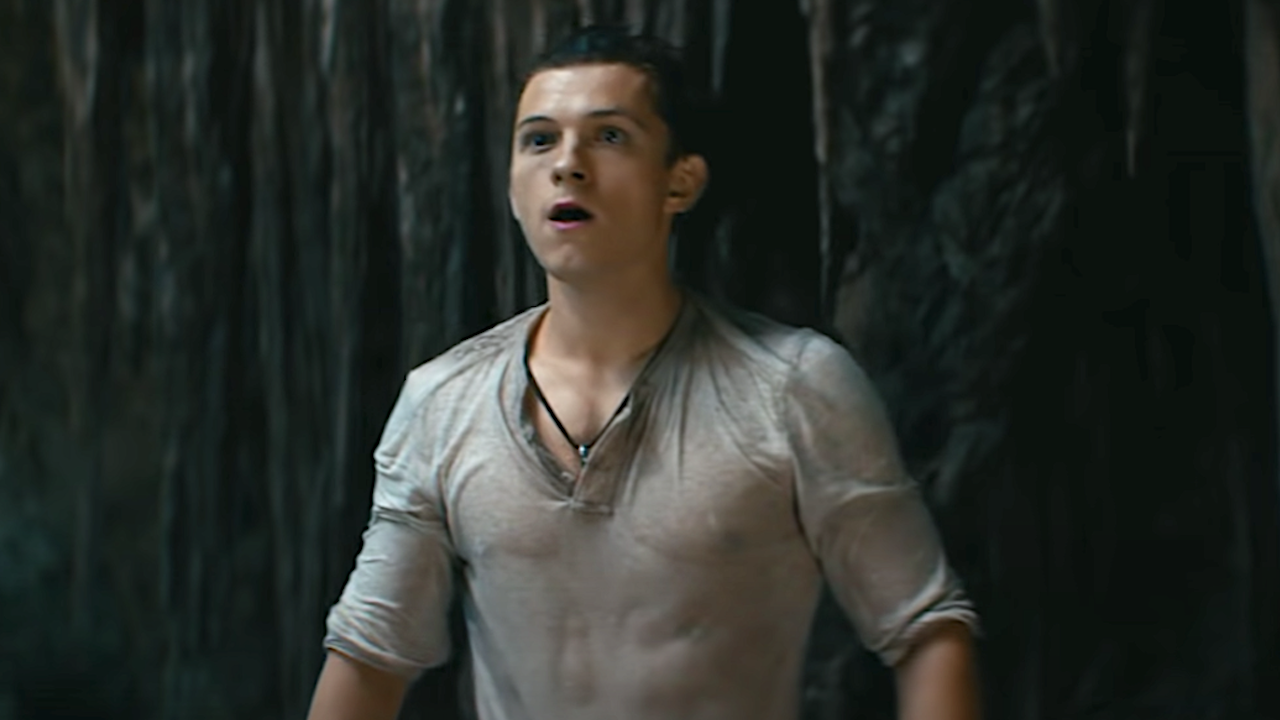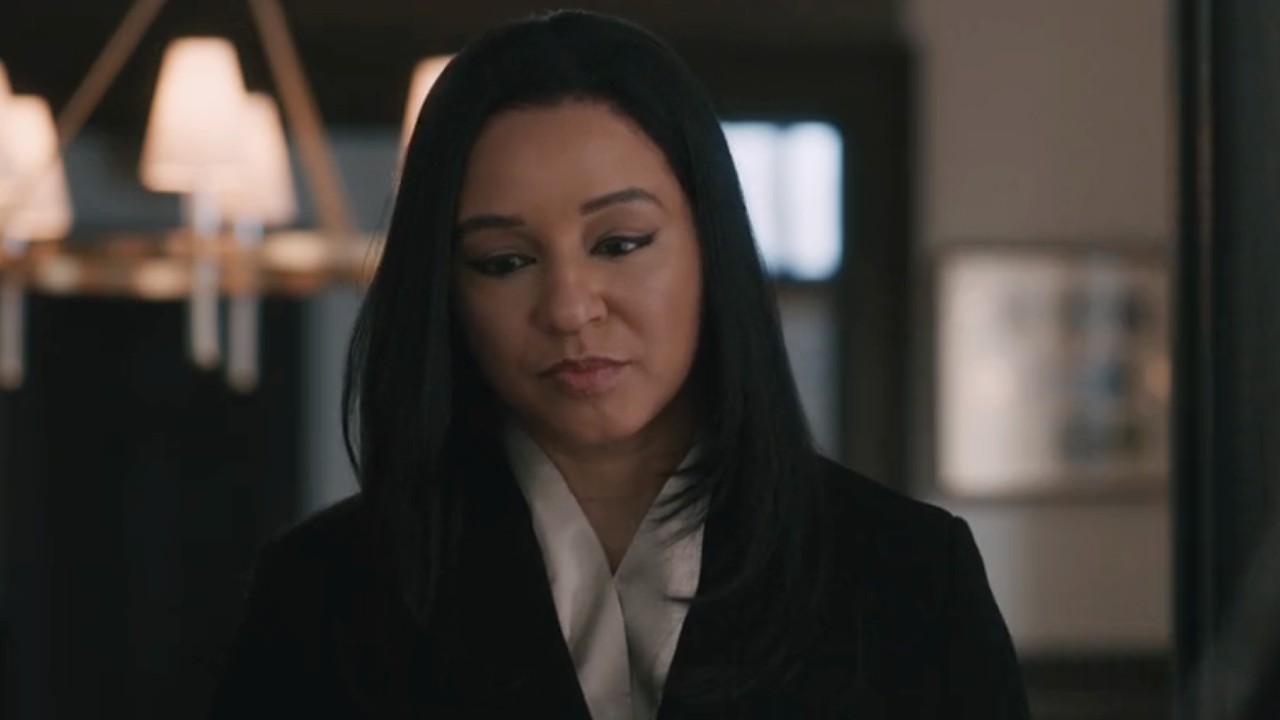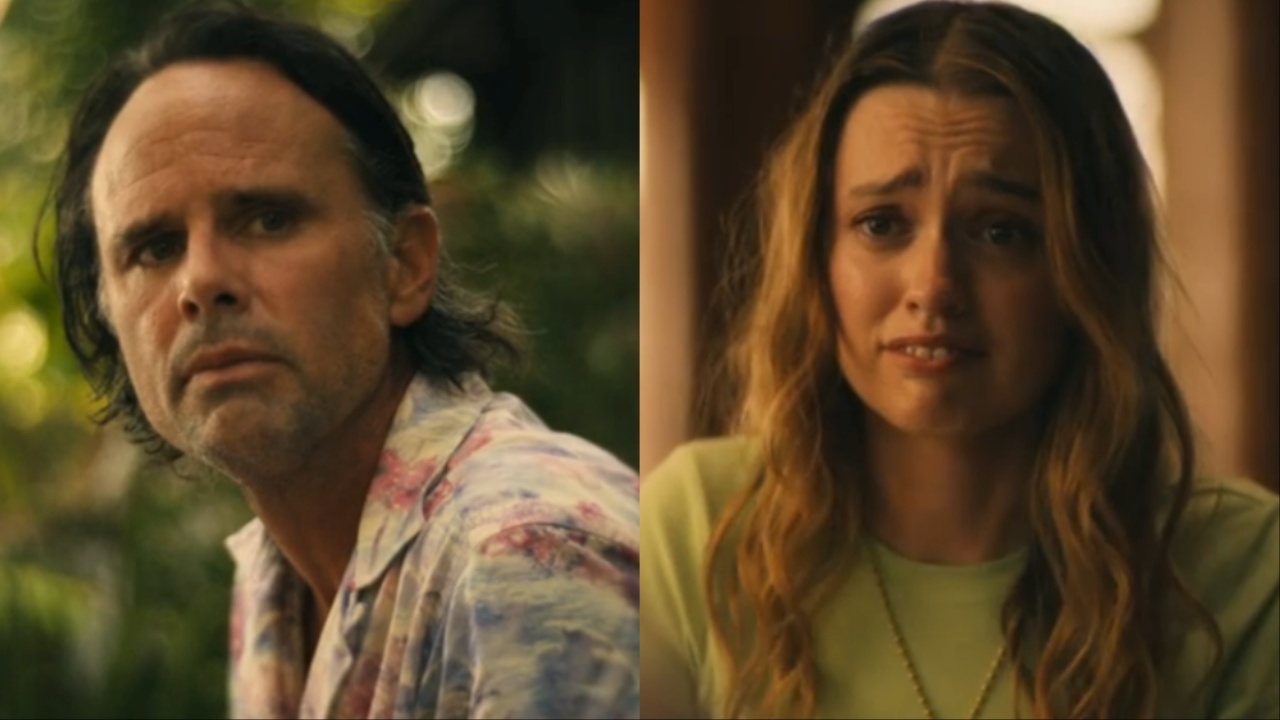The Others Ending Explained: What Really Happened, And Why It Matters
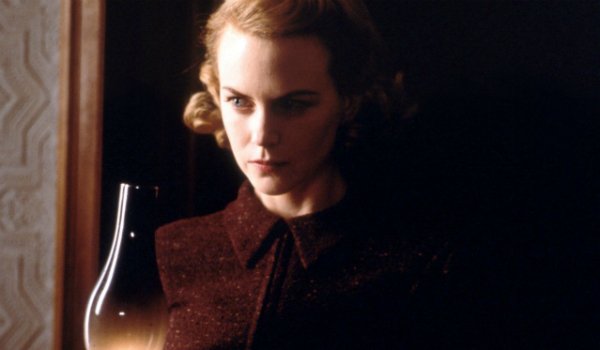
In a post-Sixth Sense world, The Others’ ending is as spell-binding as M. Night Shyamalan's classic. It’s not easy to essentially take Plato’s Allegory of the Cave and revamp it into a psychological horror-thriller, but the English-language debut of Alejandro Amenabar (Abre Los Ojos) paid off in its creative risks and twist finale that left jaws on the floor.
Much like The Sixth Sense, though, the reveal was relatively easy to spot. The story of a woman (Nicole Kidman) and her two children living in a spooky Victorian mansion was riddled with metaphorical clues that led audiences down a bread crumb-laden trail. Even if you were clever enough to spot them at the time, they didn't devalue the journey, which speaks to Amenabar's sensibilities and complete control over the film he directed and wrote. Valuing old-school cinematic techniques and vintage horror films, he was more interested in building up to the big twist, rather than the big twist, itself.
As the film's finale still proves to be a pillar of the horror genre, we're diving deep into The Others and why its ending is still enticing for today's audiences.
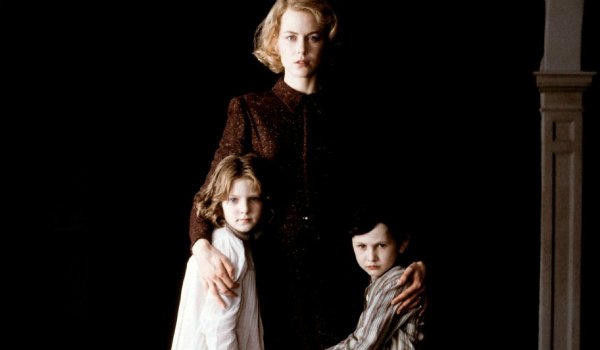
The Film's Big Twist, Hiding In Plain Sight
M. Night Shyamalan changed the horror landscape when he unleashed his ghost story starring a little Haley Joel Osmont as a child who sees dead people. Audiences went bonkers over the shocking twist ending, and filmmakers took note.
Amenabar, who directed, wrote and composed the music for The Others, knew this. He said in interviews (like this one, with Pop Matters) that he wanted to make a film that didn’t rely so heavily on theatrical special effects, and instead went down a path that focused on character, played with silences, and bathed in metaphor. The effort paid off handsomely, as The Others is one of his best and most celebrated works. The Others’ ending, in turn, has arguably become one of the greatest additions to the horror genre, and one that raised the bar for the others (pun intended) moving forward.
All throughout The Others, Grace and her children have been plagued by sounds, which progress to frightening supernatural occurrences, and even possession. We come to know Grace as a devoutly religious woman who constantly preaches to her children about what happens to little kids who turn their backs on Christ. She chooses not to believe in phantoms, but soon, these spirits become harder and harder to ignore.
CINEMABLEND NEWSLETTER
Your Daily Blend of Entertainment News
In the final moments of the film, Grace discovers that her three household staffers are also ghosts. After an encounter in the woods, her children run up to their bedroom to go and hide, only to be taken inside by the ghostly "intruders." Grace bravely walks up the stairs to confront these spirits, and save her children from their clutches. When she opens the door, she sees a round table at which are seated three of the beings her children have seen around the house — a mother, a father, an old woman — and a fourth. The old woman, her eyes as foggy as the mist that surrounds the mansion, asks Grace’s daughter to tell her what happened to them. "Is that how she killed you?" she asks, which sends the family into a frenzy. "We’re not dead!" they shout repeatedly.
As it turns out, though, they are dead. At the risk of sounding comically cliche, they’ve been dead this whole time. And if you paid close attention, you'll see that the clues to this huge reveal were in front of us the whole time. Let's analyze Amenabar's chilling process, and the impact it had on the horror genre next.
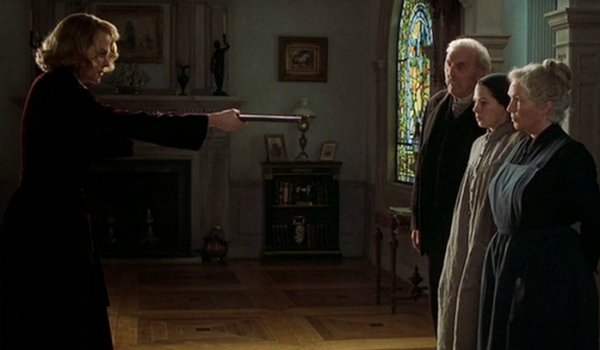
The Journey, Not The Destination
"Most of the time it's not about the surprise, but how you set up the surprise, so that when you get there, everything makes sense and it's integrated with the soul of the story," Alejandro Amenabar commented in an interview with Hollywood.com. To him, this outlook was missing from the horror genre. He was getting tired of all the cliches — violence, gore, jump scares and valuing over-the-top special effects ahead of psychological fear. He wanted to infuse his work with elements of what he called "classical films." As such, the ending was the easiest detail to compose. The question became how to get there.
In a 2001 interview with the website Combustible Celluloid, Amenabar said that he began writing The Others with the twist ending. He then wrote the film's beginning, followed by "all the stuff in the middle." Some believe that the film was inspired by an episode of Armchair Theatre of the same name of the same basic premise, though Amenabar never sourced it in the credits. Other sources, like The Telegraph, suggest it was partly inspired by The Turn of the Screw, though Amenabar cited his own childhood believing in ghosts as inspiration.
While M. Night Shyamalan left vague clues throughout The Sixth Sense to make his twist plausible, Amenabar left clues within his overarching metaphor and play on light and dark. When we first meet Grace, she’s completely shrouded in the shadow of her faith. Three strangers — an elderly couple and their younger mute companion, which is the mirror opposite of Grace and her children — show up at her door looking for work. She assumes they are there in response to an ad she placed in the paper, and it’s this kind of loophole where we pick of the trail.
For one, Grace is looking for additional help because one day, she woke and found that all the household servants had gone up and vanished without so much as even collecting their pay. The clues start off subtle, and chances are, first-time watchers will scan past them while getting acquainted with these characters. But they are there: Grace’s daughter, Anne, remarks that the toast all of a sudden tastes funny, which is the only time you see anyone eat; there’s no blood when Kidman pricks her finger on a sewing needle; her children are allergic to light, and yet they hug their thought-to-be-dead father in the presence of sunlight.
As we continue to follow the trail, however, the crumbs become chunks. Pretty soon the old nanny housekeeper, Bertha, remarks, "Grief over the death of a loved one can lead one to do the strangest things." This is a poignant moment, as Kidman’s first scene in the entire movie -- even before she welcomes her new employees into her home -- is awakening with a scream, as if she was plagued by nightmares. We are also told early on that her husband is presumed to be dead. He went off to fight Germany in World War II, and she hasn’t heard anything after more than a year since the battle ended.
"How do you know who the goodies and the baddies are?" Anne asks her mother, as they sit down for dinner. She quickly dismisses the question, though it continues to resonate as the sequences literally get brighter and Grace throws her faith aside in accepting the existence of supernatural entities.
The end of Alejandro Amenabar's The Others might not have been groundbreaking. But it was influential. Let's talk about how, and why.
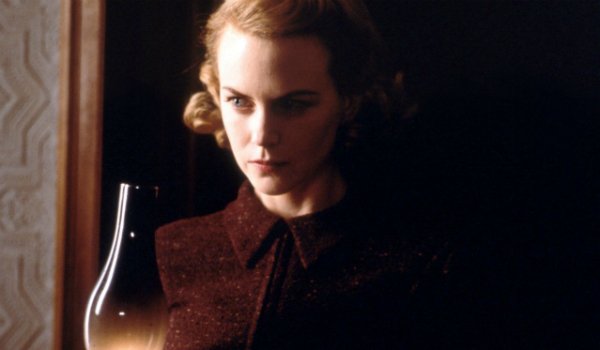
The Light At The End Of The Tunnel
Amenabar's work in setting up the surprise twist seemed to pay off, as it was praised by many critics for its psychological suspense and aversion to horror cliches. The Globe and Mail called it "a welcome change of pace from most contemporary scary stories," while The BBC called it "a spooky shocker" and Slate applauded the ending, even after spotting it "a mile away." Its similarities to The Sixth Sense didn't seem to bother many, either. However, the film's reveal didn't work for everyone. Those who found fault in The Others took issue with its "glacial pace" and "lack of thrills," according to such outlets as Reel Views and The Boston Globe.
Despite a few harsh words for the piece, The Others proved to be unique enough to stand the test of time. But did the film influence horror films in the years ahead? The Sixth Sense came out two years before The Others, and it already did what Amenabar set out to do. So it’s likely any real ripples felt throughout the genre originated from Shyamalan. Though Memento, Se7en, American Beauty, The Usual Suspects and Fight Club aren’t part of the horror genre, they are examples of the slab of "twist endings" that populated movie theaters the ‘90s and beyond. They became so frequent that people began to expect them.
However, The Others certainly left its mark, and you can see elements of Alejandro Amenabar's film in subsequent horror movies. The Strangers didn't have a twist ending, but it played with silence in a frightening way, and completely eliminated the soundtrack from the equation. Then there are more modern films, like You're Next and It Follows. As The Others took something as standard as a "haunted house film" and flipped it on its head, so, too, did these films take the slash- and poltergeist-driven flicks and make them their own.
The Others didn't necessarily pave the way for these films, but it reminded us that there are more interesting ways to reach your destination. Recalling what Amenabar said, it's not about the surprise, it's about how you present it.
